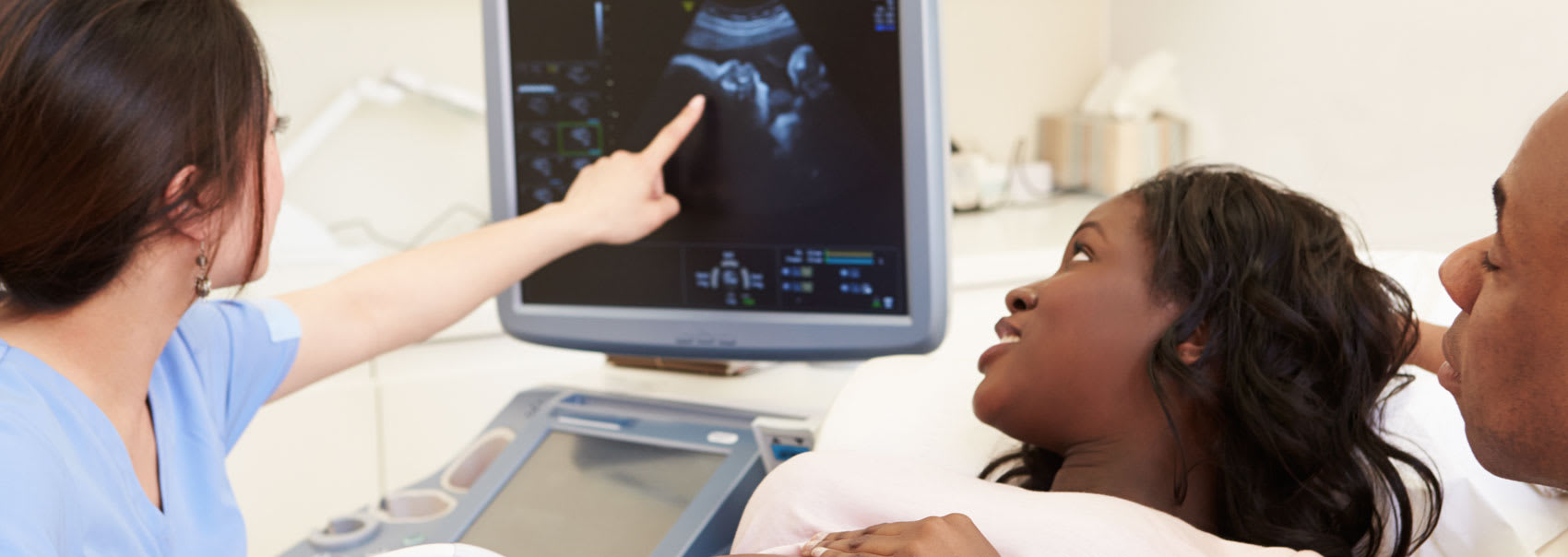If you or your doctor are concerned about your risk for osteoporosis, you may be referred to Premier Imaging for a bone mineral test. Our expert radiologists can offer clear diagnoses.

As we age, osteoporosis can cause our bones to become thinner and may be prone to breakage. Naturally, this may result in us feeling more apprehensive about getting the exercise we need to stay healthy, enjoying life to its fullest, and relishing our senior years.
A bone mineral density test (or bone density test) is a safe, painless, non-invasive imaging test in which X-Rays are used to measure how strong your bones are. The test involves only a very small amount of radiation and measures how many grams of calcium and other bone density minerals are packed into a part of the bone.
You might also hear your doctor refer to it as a bone densitometry or dual-energy X-Ray absorptiometry (DXA).
Our radiologists at Premier Imaging often use this test to check for bone loss and diagnose osteoporosis in older patients. All women and men aged 65 and older should receive one, as should younger people under 50 if they have any condition related to low bone mass or bone loss.
You will lie on a table while a small X-Ray detector scans your spine, hip, or both. Occasionally, the forearm is tested. The technologist may also ask you to straighten your back or lift your legs onto a support during the test.
In addition, we can analyze your risk for bone fractures and measure the amount of minerals such as calcium in a bone.
Here is what you can expect during each phase of the test, in addition to details on what to bring with you to your appointment.
Please arrive 15 minutes prior to your appointment. You will be required to fill out the examination questionnaire prior to your study. Please bring a list of your current medications as you will need this information to fill out the questionnaire.
If you take calcium supplements, please avoid taking them for 12 hours prior to your examination.
(For example, if you take calcium supplements every day at 7 am, and you have a bone mineral density scheduled at 2 pm, refrain from taking your morning supplement this day only. You may resume your regular supplement intake after the exam.)
To avoid changing your clothes, please wear pants with no metal, buttons or zippers. A waistband is preferred. Avoid shirts that have buttons or designs.
Female patients, avoid wearing a bra with underwire and hooks. If you can, wear a sports bra instead.
A bone mineral density test is quick and painless. It typically takes about 20 minutes, depending on the number of areas being scanned.
During the test, you will be asked to lie on the exam table, then placed in the correct position so the technologist can scan your body.
The scanner moves over the specific area being examined and uses low-dose x-rays to transmit data to a computer, which converts the data and displays it on a monitor.
While the test is being performed, stay very still - you may need to hold your breath.
You may need to be evaluated regularly every three years, to monitor for significant changes in bone density - whether an increase or decrease. Your doctor will let you know if any other tests are needed.
The higher the mineral content in your bones, the denser your bones are, making them stronger and therefore less likely to break.
This scan uses a numbered score to measure strength in your bones and can tell your doctor how likely you are to fracture a bone over the next 10 years by using a percentage to calculate your risk.
The score will be used by your doctor to explain whether you have normal bone mass, low bone mass known as osteopenia, or osteoporosis.
Read the answers to our most frequently asked questions about bone mineral density tests at Premier Imaging.
Seniors may be at increased risk for osteoporosis, a progressive disease that causes bones to grow thin and brittle.
Your doctor may order a bone mineral density test to determine your risk of fractures or broken bones, or to identify decreases in bone density before you break a bone.
He or she may also need to confirm a diagnosis of osteoporosis or monitor whether your treatment for osteoporosis has been effective.
If you are a woman age 65 or older, you should likely have a bone density test as you may be at risk for losing bone density, which can increase your risk for fractures.
Your risk for low bone density may also be high if you:
Other risk factors include not getting enough vitamin D and calcium in your diet, lack of physical activity, heavy drinking, and smoking cigarettes.
The best way to prevent bone loss is to exercise regularly and ensure you get enough calcium and vitamin D.
Low levels of ionizing radiation are used in bone density scans and can be strong enough to damage cells in our bodies, leading to an increased risk of developing cancer.
But the risk associated with a single scan is very low, and bone density tests and other X-Rays are strictly monitored to confirm the least possible amount of radiation is used.
The benefits of undergoing a bone density tests outweigh the risk of exposure to the small amount of radiation your body takes in during the scan.
Once your doctor receives the results of your test, he or she will decide whether additional diagnostic tests, follow-up care, lifestyle changes, treatment, or procedures are required.

We'll collaborate with your healthcare team to create a streamlined imaging and diagnostics process. Find out how we can help.